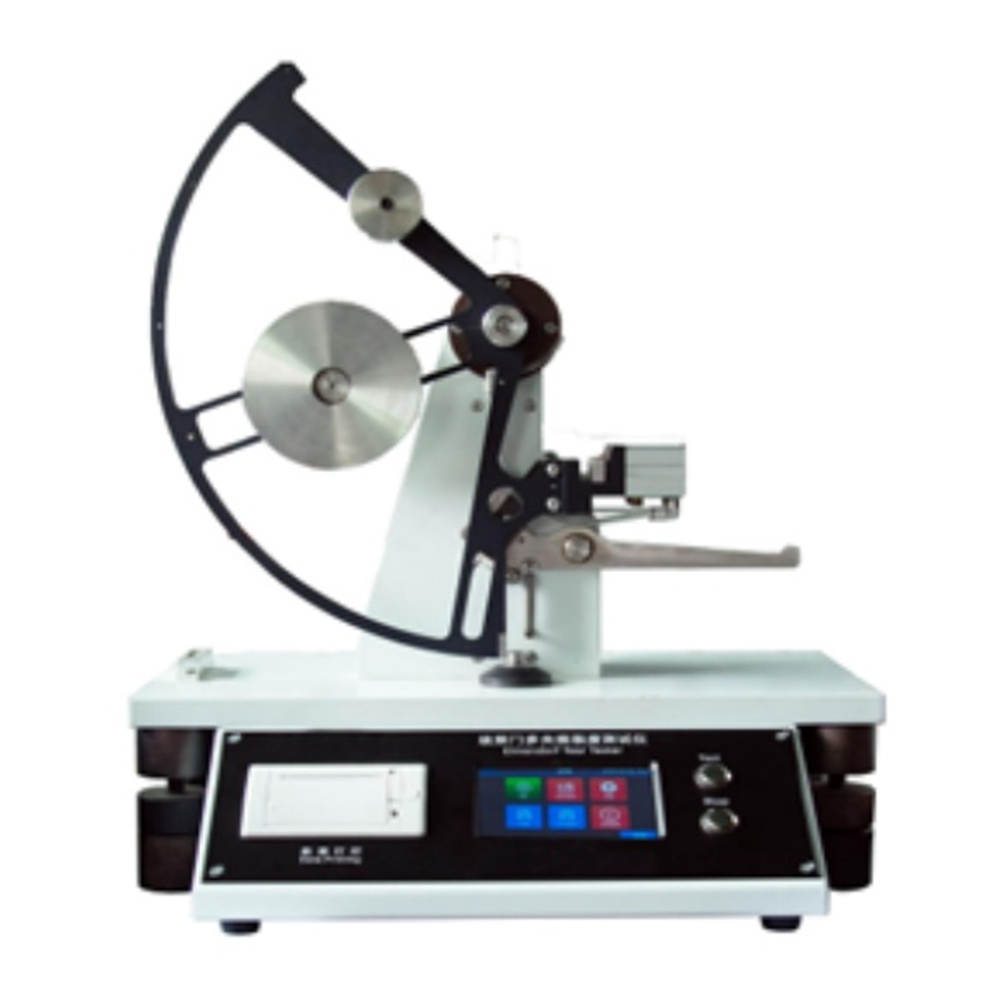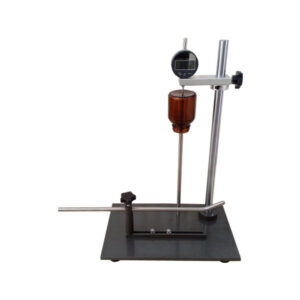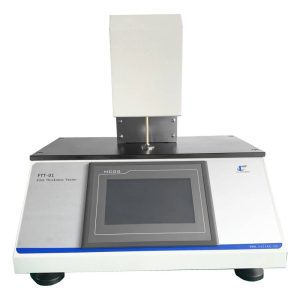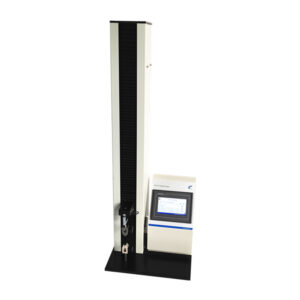Introduction of Paper Tearing Tester
The SLD-02 Paper Tearing Tester by Cell Instruments is designed to deliver precise, reliable measurements of tear strength across a wide range of materials, including paper, cardboard, textiles, leather, and plastic films. Built with advanced features and compliant with leading industry standards, including ASTM D689, this tester is essential for industries that prioritize quality control, from packaging and printing to medical devices and consumer goods. With this tool, you can ensure your materials meet stringent tear resistance requirements, helping to uphold product durability and quality.
Key Features of the SLD-02 Paper Tearing Tester
- Wide Application: The SLD-02 Paper Tearing Tester goes beyond paper and cardboard testing, offering tear strength testing for sheet materials such as textiles, leather, plastic films, and even metal foils, making it ideal for diverse quality control applications.
- Innovative Design: Engineered for accuracy, the SLD-02 incorporates a pendulum mechanism and pneumatic clamping system to ensure consistent, repeatable results.
- Technical Specifications: This instrument boasts a range of features that enhance its reliability and ease of use:
- Jaw Width: 74.8mm, suitable for sample sizes of 63×76mm or 63×50mm.
- Automatic Reset: After each test, the pendulum automatically resets, simplifying the testing process.
- User-Friendly Interface: The 5-inch color touchscreen offers a straightforward, intuitive interface for smooth operation.
- Pneumatic Sample Clamping: Reduces human error, ensuring consistent sample positioning.
- Multiple Pendulum Capacities: Various capacities allow for a range of testing applications, accommodating different material types and strengths.
- Air Filter/Regulator: Maintains component integrity and extends the tester’s service life by filtering air impurities.
How the Paper Tearing Tester Works
- Test Process: The SLD-02 Paper Tearing Tester operates with a precise mechanism that delivers standardized tear testing:
- A cutting knife creates a 43mm slit from the far edge of the sample.
- The pendulum mechanism, once released, uses gravity to propagate the slit, tearing the sample along the remaining length.
- The energy lost during this process is measured and used to calculate the sample’s average tearing force, yielding a reliable tear resistance value.
Compliance with Major Standards (Including ASTM D689)
- Overview of Standards: The SLD-02 Tear Tester complies with a range of international standards, ensuring it meets rigorous testing requirements:
- ASTM D1922: Testing for tear resistance of plastics.
- ASTM D1424: Standard for measuring tear resistance of textiles.
- ASTM D689: A specific standard for measuring tear resistance of paper and paperboard, essential for packaging quality control.
- ISO 6383 & ISO 1974: International standards for tear strength.
- TAPPI T414: Paper tear resistance testing standard, widely used in the paper industry.
- Focus on ASTM D689: ASTM D689 is a key standard for tear resistance measurement in paper and cardboard materials, ensuring that products like packaging meet quality requirements. This standard outlines specific methods for testing tear strength, enhancing accuracy and reliability, particularly in quality control applications. By meeting ASTM D689, the SLD-02 provides results you can trust, facilitating compliance with industry norms.
Technical Parameters of the Paper Tearing Tester
| Test Range (mN) | 10~8000,8000~16000 |
| Gas Source | 0.6 MPa |
| Tearing Arm | 104±1mm |
| Tearing Initial Angle | 27.5 ±0.5° |
| Accuracy | 0.01 mN |
| Cutting Slit | 20mm |
| Clamp Surface | ≥25*15mm |
| Sample Size | 63*50mm |
| Clamp Thickness | 2.8±0.3mm |
| Power | 220V 50 Hz |
Advantages of the SLD-02 Paper Tearing Tester
- Enhanced Reliability: The pneumatic clamping system minimizes errors from manual handling, leading to consistent, accurate results.
- User-Friendly Design: The 5-inch touchscreen simplifies the operation, providing an intuitive user experience that supports efficient testing.
- Flexible Testing Options: Multiple pendulum capacities allow testing of various materials, from light papers to robust textiles and films.
- Durability and Maintenance: An integrated air filter and regulator prolong the lifespan of pneumatic components, reducing downtime and maintenance costs.
Applications of the Paper Tearing Tester
The SLD-02 Paper Tearing Tester serves various industries where tear strength is a critical quality factor:
- Packaging: Ensures that paper and cardboard packaging materials are durable enough for transport and handling.
- Medical and Pharmaceutical: Supports high standards in packaging materials to ensure product integrity.
- Textiles and Plastics: Verifies the tear strength of textiles, leather, and plastic films, maintaining quality standards across manufacturing processes.
- Quality Inspection Agencies: Provides accurate tear measurements, helping organizations comply with regulatory standards for material strength and reliability.
FAQs about the Paper Tearing Tester and ASTM D689
- What is ASTM D689, and why is it important for tear testing?
ASTM D689 is a standard that defines testing methods for measuring the tear resistance of paper and paperboard. It ensures that testing results are consistent and reliable, which is essential for quality control in industries that rely on tear-resistant packaging. - How does the pneumatic clamping system improve testing accuracy?
By securing samples pneumatically, the SLD-02 reduces human handling variability, providing a stable hold that prevents slippage, ensuring consistent, accurate test results. - Can the SLD-02 test materials other than paper?
Yes, the SLD-02 is versatile enough to test various sheet materials, including textiles, leather, and plastic films, accommodating a broad range of quality control needs. - What is the significance of multiple pendulum capacities?
Different pendulum capacities allow the SLD-02 to handle materials with varying tear resistances, offering flexibility for testing both light and heavy materials. - How does the SLD-02 comply with other standards besides ASTM D689?
In addition to ASTM D689, it meets ASTM D1922 for plastics, ASTM D1424 for textiles, ISO standards, and TAPPI T414, ensuring its suitability for international quality control applications.





